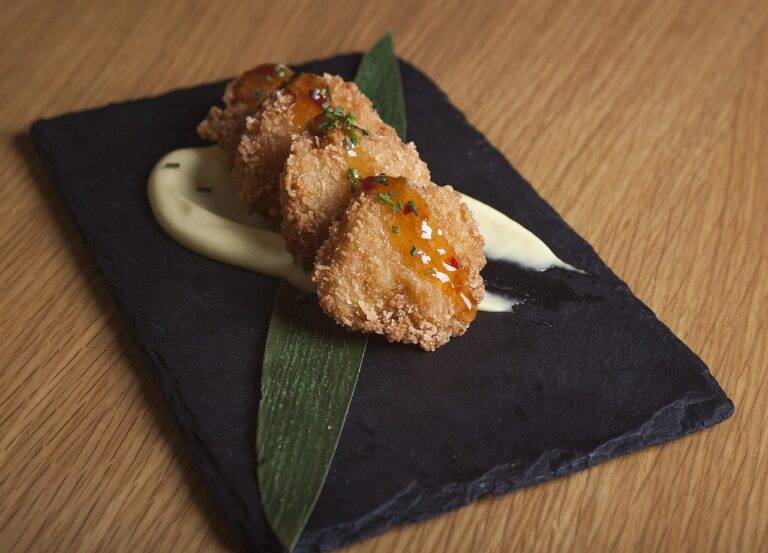The Science Behind Food Sensory Evaluation
Sensory evaluation of food involves the assessment of various attributes like taste, aroma, texture, appearance, and even sound during consumption. This process is crucial in understanding how consumers perceive food products and preferences.
When conducting a sensory evaluation, it is important to establish clear objectives to guide the process. These objectives help in determining the sensory parameters to be evaluated, the methodology to be used, and the target audience for the evaluation. Objectives also aid in ensuring that the results obtained are relevant and useful for decision-making in the food industry.
Sensory Analysis in Food Industry
Sensory analysis in the food industry plays a crucial role in understanding consumer preferences and ensuring product quality. By utilizing sensory evaluation techniques, food manufacturers can gather valuable feedback on the taste, texture, aroma, and appearance of their products. This information is instrumental in making informed decisions regarding product development and improvement.
Moreover, sensory analysis aids in maintaining consistency in product quality by establishing sensory standards for various food items. Through trained sensory panels and consumer taste tests, companies can identify any deviations in product characteristics and take necessary corrective actions. This helps in building consumer trust and loyalty, ultimately contributing to the overall success of food businesses.
What is sensory evaluation in the food industry?
Sensory evaluation is a scientific discipline that uses human senses to analyze food products based on appearance, aroma, flavor, texture, and overall quality.
Why is sensory analysis important in the food industry?
Sensory analysis helps food companies understand consumer preferences, improve product quality, develop new products, and maintain consistency in manufacturing processes.
What are the key components of food sensory evaluation?
The key components of food sensory evaluation include discrimination testing, descriptive analysis, affective testing, and consumer studies.
How is sensory analysis carried out in the food industry?
Sensory analysis in the food industry is typically conducted by trained panelists or consumers who evaluate food products in controlled settings using standardized procedures.
What are some common methods used for sensory analysis in the food industry?
Common methods used for sensory analysis in the food industry include sensory profiling, sensory scoring, triangle tests, duo-trio tests, and hedonic scaling.
How can food companies use sensory analysis to improve product development?
Food companies can use sensory analysis to identify flavor defects, optimize product formulations, assess shelf-life stability, and ensure consistency in sensory attributes across batches.







